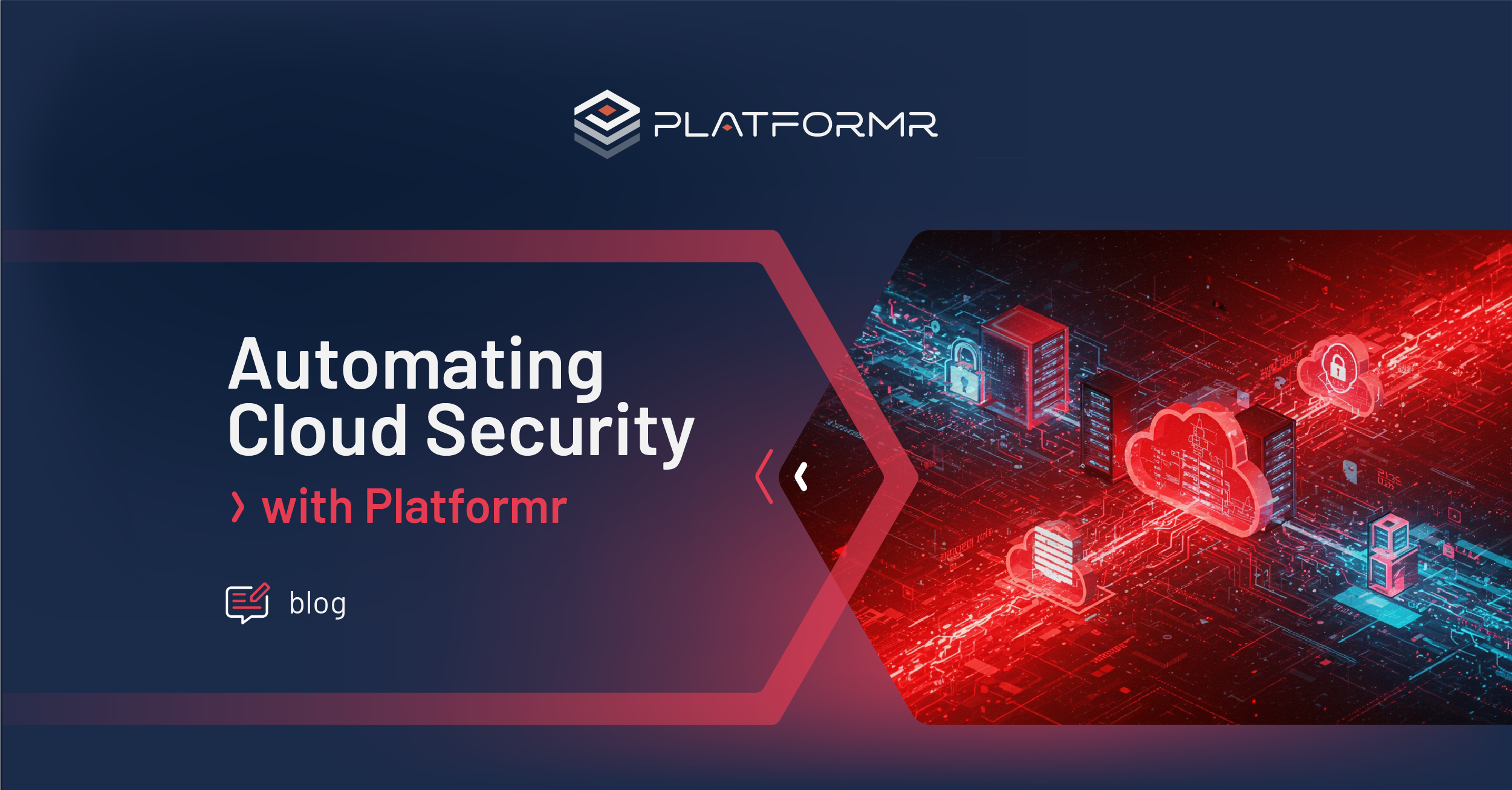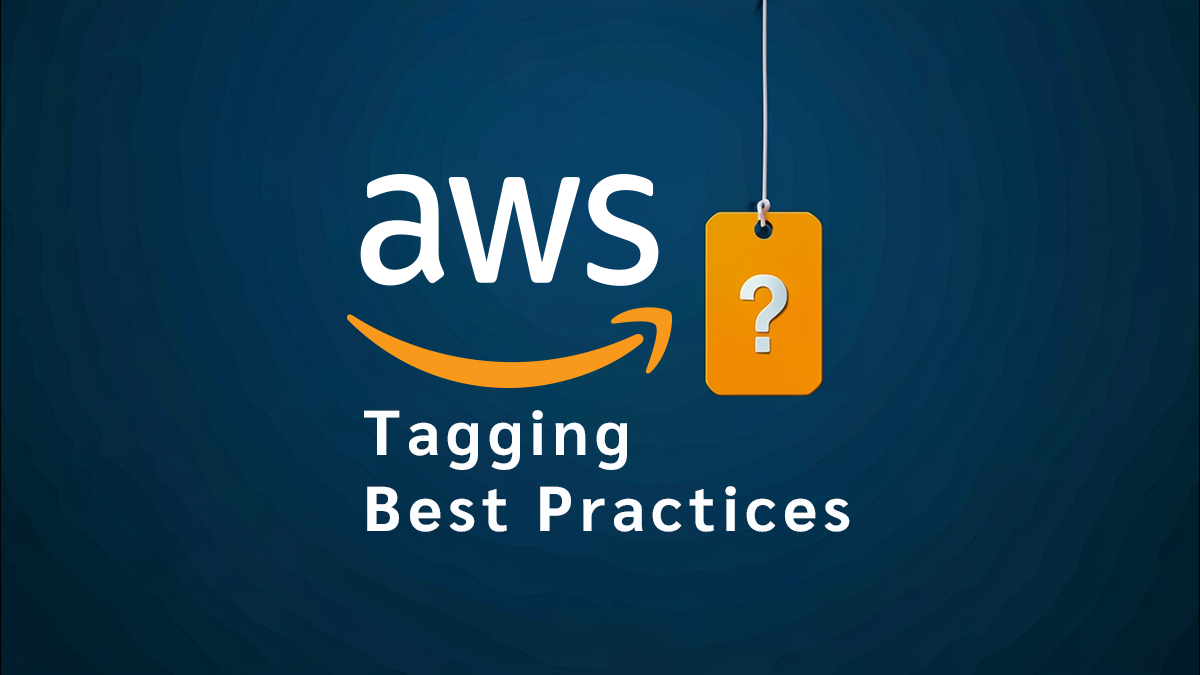When done right, good CloudOps gives you a strong and flexible framework to build, launch, manage, and monitor your cloud applications on AWS.
CloudOps is also becoming a strategic advantage for market leaders, who are winning customers and beating out the competition with better productivity, accelerated innovation, less risk, and higher revenue.
However, for most companies AWS CloudOps is expensive and hard to do.
Though companies recognize the value of the AWS Cloud, they often lack the expertise to truly unlock its potential. This includes:
- Organizational Governance – Centralizing rules and policies
- Platform Engineering – Standardizing and automating tools, processes, and methodologies
- Observability – Monitoring and managing cloud health
When integrated and set up to follow AWS best practices, these three critical functions transform cloud-based applications and infrastructure into engines for driving business success.
Let’s dive in and take a closer look.
1. ORGANIZATIONAL GOVERNANCE: Centralizing Rules and Policies
- How do we ensure all users and services follow the same security standards?
- How can we standardize backup and disaster recovery (DR) procedures?
- How do we organize and structure our cloud environment to meet our process requirements, departments, and objectives?

Realizing Value with AWS CloudOps
- 51% reduction in 5-year cost of operations
- 62% improvement in IT infrastructure staff productivity
- 57% decrease in operational downtime
- 37% decreased time to market
- 88% reduction in IT operations carbon footprint
Based on independent research with 1000s of AWS enterprise customers
Key Benefits
Regardless of your company’s size, being proactive and centralizing cloud governance across your organization delivers critical benefits.
Increase Security & Compliance
✓ Enforce consistent data classification
✓ Improve documentation for least privilege processes
✓ Implement separation of duties for accountability
✓ Establish policies aligned with industry requirements and regulatory compliance
Improve Reliability
✓ Define uptime requirements
✓ Standardize data backup policies
Streamline Operations
✓ Improve documentation for least privilege processes
✓ Facilitate easier adoption of new AWS technologies and services
In addition, implementing and enforcing centralized governance promotes collaboration and knowledge sharing among your technology teams and makes it easier to onboard new employees quickly so they can add immediate value.
Professional Services: An Expensive Fix
Hiring a professional services company to set up organizational governance can cost from $40k – $240k and take 3-9 months to complete.
If you’re under pressure to deliver new products and features, you might be managing organizational governance piecemeal or even setting it aside entirely as a priority.
However, when you publish to production, those decisions come back to haunt you in the form of reliability and scalability issues and an inability to meet compliance requirements. This then leads to a reactive response that consumes precious time and resources, and grinds momentum to a halt while your teams go back to refactor or you scramble to bring on a professional services company to solve the issues.
Prescriptive Organizational Governance for AWS CloudOps
Platformr Foundation is an AWS native solution that uses best practices to configure your AWS Organization’s multi-account strategy.
Platformr guides you through an easy step-by-step process to set up AWS governance correctly from the start, replacing the need to invest in professional services for up to 9 months with a SaaS solution that can be deployed in hours.
In less than an hour, Platformr:
✓ Sets up an AWS Landing Zone / AWS Organization multi-account architecture in < 1 hour vs. months
✓ Instantly onboards users
✓ Provisions the necessary AWS recommended AWS Organization OUs and accounts
✓ Defines a clear security boundary for your data perimeter across workloads
✓ Implements policies and governance rules aligned with your business requirements
✓ Establishes identity through detailed access control for users, applications, and devices
✓ Rapidly configures governance based on your reliability, security, operational, and cost requirements
✓ Isolates your workloads for increased security, agility, and innovation on AWS
✓ Implements AWS Organization best practices
By quickly and proactively configuring AWS structure with centralized rules and policies the first time, you can avoid costly, time-consuming detours that impact your business velocity.
2. PLATFORM ENGINEERING: Standardizing and automating tools, processes, and methodologies
The second crucial CloudOps function is workload management. At the workload level, your product owners can use platform engineering to standardize toolsets and automate repeatable development tasks, help teams templatize CI/CD pipelines, streamline DevOps processes, and more. When implemented correctly, it also gives your developers and engineers flexibility to decide how they manage each workload type with the freedom to select the services and tools that maximize agility, performance, scalability, and efficiency.
Common questions for workload management include:
- What services do we need to enable?
- How can we maintain enough flexibility to support our specific workload?
- How much testing do we need?
- What is our infrastructure budget for this workload?
- Does this workload have specific compliance needs (e.g. PCI)?
- What are the scalability and performance requirements?
- What is our Disaster Recovery plan?
Key Benefits
Standardizing how teams build, test, and launch products has many advantages:
Increase efficiency and agility
✓ Automate workflows and standardize tools
✓ Speed up development, testing, and deployment
✓ Deliver new features faster
Improve developer experience
✓ Reduce time spent on infrastructure
✓ Increase flexibility to choose the right tools for each workload type
✓ Improve collaboration
Enhance scalability
✓ Adapt to changing needs without significant reconfiguration
✓ Grow development teams while maintaining compliance, meeting velocity expectations, and utilizing volume cost reductions
This also reduces errors, enforces standards and compliance, and promotes consistency in your development environments and operational processes across teams (including near-shore and off-shore).
A Focus on Development, But Not CloudOps
Option A: Do It Yourself
If you’re handling workload management on your own, you may eventually recognize the need for DevOps/platform engineering expertise to execute it well.
This means hiring either:
- A DevOps engineer at $160k/year (who may eventually leave your company)
OR - A consultant at an average of $2k to 6k per month
The problem is that experienced DevOps engineers and consultants are difficult to find, and even harder to hire.
Option B: Use a 3rd Party Platform Engineering Solution
Another option is buying 3rd party platform engineering software, which ranges from $1k to $6k per month.
However, these focus solely on supporting developers and leave organizational governance and requirements out of their solutions. This causes:
- A serious gap and lack of integration that cause operational silos
- Disconnection from the rules and controls that ensure security and compliance
- Limited visibility for your business decision-makers
The bottom line is that your developers may get the flexibility to select tools and technologies for their workloads, but most platform engineering solutions are not native to the cloud and simply package your application into containers behind the scenes—incurring added cost. In addition, too much flexibility and decentralization can lead to an expensive, unmanageable mess.
Scalable, Well-Architected Workload Deployment
Platformr Workload Factory gives you a better option for using platform engineering to manage workloads, extending the organizational governance capabilities of the Platformr Foundation to provide out-of-the-box, opinionated AWS reference architecture for your workload environments.
In less than an hour, Platformr:
- Sets up Development, Testing, Staging, Production, and Disaster Recovery environments
- Automatically deploys native AWS resources in your account based on workload type
Workload Factory instantly delivers AWS platform engineering “expertise” and helps you balance the workload management needs of your developers with the business governance requirements of your organization.
3. OBSERVABILITY: Monitoring and Managing Cloud Health
Last, with visibility into the health of your AWS infrastructure and workloads, you can detect, investigate, and remediate issues faster—as well as proactively predict and prevent future problems from occurring. Observability helps you understand what is happening and why at both the organizational and application level across four primary areas:
- Cost → CFO/Finance team
- Security → CISO/Security team
- Reliability → CTO/COO
- Performance → Product Team
Key Benefits
Gaining insights into the behavior, performance and health of your environments has clear benefits:
Accelerate issue detection and resolution
✓ Identify root causes
✓ Minimize downtime
✓ Improve reliability
✓ Proactively predict and prevent issues
Optimize costs and resource utilization
✓ Manage budgets
✓ Detect anomalies
✓ Predict future capacity
✓ Drive engineering efficiencies
Improve security and compliance
✓ Prevent security threats
✓ Track data access
✓ Provide audit trails
MSPs & 3rd Party Solutions: Higher Costs, More Complexity
If your Managed Services Provider (MSP) is handling observability for you, they are aggregating the services of up to four different vendors to deliver it. In addition to adding 15% on top of your AWS bill, MSPs also charge a minimum of $10k/month.
If you decide to manage cloud health yourself, you’ll need internal expertise to correctly set up, configure, and add permissions to 3rd party software to monitor your resources. Many 3rd party monitoring solutions are also not comprehensive with AWS native services, making it challenging to monitor RDS instances, Lambda Functions or ALBs.
Simplified Cloud Observability
Platformr Observability (Early 2025) simplifies and streamlines cloud health in one solution, using all AWS native services for full stack observability:
In less than an hour, Platformr:
- Evaluates all of your AWS services and only monitors and sends alarms on what is most important to your business
- Sets up five threshold levels of alarms in an easy to use dashboard based on AWS best practices with automated alerts and reporting to appropriate teams
- Provides deeper visibility
- Integrates with the most popular monitoring and incident management tools
At a fraction of the cost of an MSP or multiple vendors–and with far less complexity–Platformr Observability helps you manage and monitor the health of your organization and workloads from one unified platform.
Achieving a Proactive Strategy for AWS CloudOps
Built with AWS best practices, Platformr seamlessly integrates the three core CloudOps functions to provide a secure, scalable, flexible framework for your AWS infrastructure and cloud applications.
- Platformr Foundation (Organizational Governance)
- Platformr Workload Factory (Platform Engineering)
- Platformr Observability (Monitoring & Management)
Together, these solutions transform a fragmented, reactive approach to CloudOps into a unified, proactive strategy for taking advantage of the AWS Cloud.
– Ryan Comingdeer, CEO Platformr







